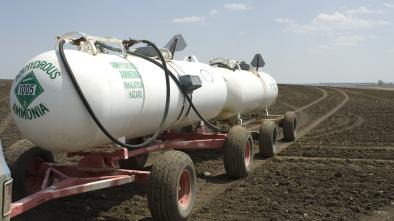Science Source
Climate change and dead zones
- States that estuaries and coastal seas provide valuable ecosystem services but are particularly vulnerable to the co-occurring threats of climate change and oxygen-depleted dead zones
- Analyzes the severity of climate change predicted for existing dead zones, and found that 94% of dead zones are in regions that will experience at least a 2 °C temperature increase by the end of the century
- Reviews how climate change will exacerbate hypoxic conditions through oceanographic, ecological, and physiological processes
- Finds evidence that suggests numerous climate variables including temperature, ocean acidification, sea-level rise, precipitation, wind, and storm patterns will affect dead zones, and that each of those factors has the potential to act through multiple pathways on both oxygen availability and ecological responses to hypoxia
- Posits that climate change variables are contributing to the dead zone epidemic by acting synergistically with one another and with recognized anthropogenic triggers of hypoxia including eutrophication
- Suggests that a multidisciplinary, integrated approach that considers the full range of climate variables is needed to track and potentially reverse the spread of dead zones
Related Content
Science Source
| Estuaries and Coasts
Modeling the Population Effects of Hypoxia on Atlantic Croaker (Micropogonias undulatus) in the Northwestern Gulf of Mexico: Part 2—Realistic Hypoxia and Eutrophication
Kenneth A. Rose, Sean Creekmore, Dubravko Justić et al
Headline

Aug 21, 2017 | NPR.org
Can Anyone, Even Walmart, Stem The Heat-Trapping Flood Of Nitrogen On Farms?
Headline

Aug 21, 2017 | The Guardian
Meat industry blamed for largest-ever 'dead zone' in Gulf of Mexico
Headline

Aug 21, 2017 | NCCOS News and Features
Hypoxia Leads to Atlantic Croaker Decline in Gulf of Mexico, Models Show


